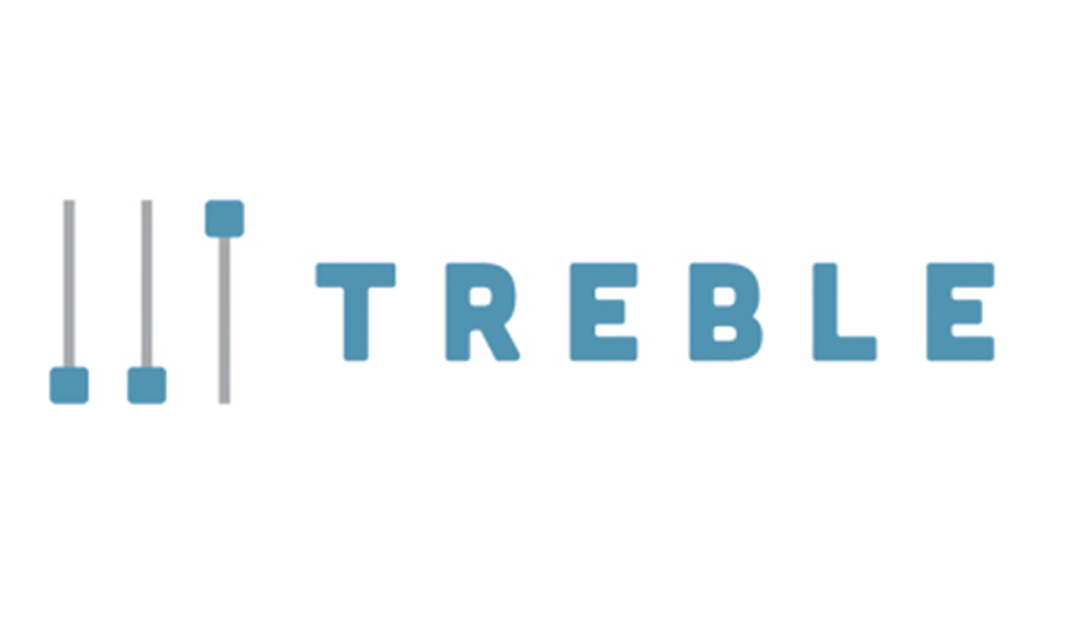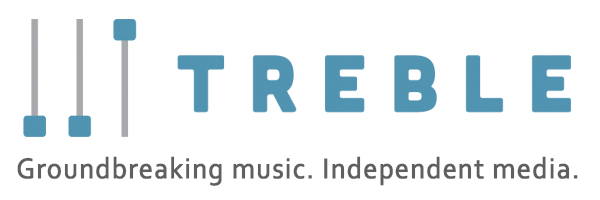One year, one month and three days after Nirvana released In Utero, the breakthrough album that served as a truce of sorts in the decades-long war between independent and major labels, the engineer behind the 1993 LP—Steve Albini—helped deliver one of the most seismic anti-corporate records in the annals of underground music. Shellac’s debut LP, At Action Park—released via Touch and Go—was a joint creation by guitarist/vocalist Albini (credited in the liner notes as providing “velocity”), bassist/vocalist Bob Weston (who contributed “mass”) and drummer/vocalist Todd Trainer (who handled “time”).
At Action Park was the consummately contrarian, anti-establishment record of the 1990s that didn’t belong in a record store’s hardcore bin. In many ways, it was the antithesis of every rock record that had come before it—a Paul Bunyan-size middle finger to the corporate machine regarded at the time as the enemy. Shellac packaged the CD in a uni-pack gatefold cardboard sleeve jacket that set it apart from practically every disc that was shrink-wrapped in cheap plastic. In the liner notes, the band stated: “This was not mastered directly to metal or pressed into 165 grams of virgin vinyl. There is, in fact, nothing at all special about the manufacture of this compact disc.”
In a sense, the record served as a metonymy for the distrust and even disgust that Albini—an avowed analog proselytizer—harbored toward digital technology, which he didn’t trust and feared might manipulate Shellac’s music contrary to his vision. The record is also mostly absent of overdubs, effects and compression; also unconventional, its vocals are not front and center. And that’s not to mention the distinct tinny, metallic sound that Albini forged from his guitars. (He kept some of his methods secret and also used some unusual gear arrangements that are too technical to detail here.)
The 10 songs that comprise At Action Park are equally iconoclastic and consistently confrontational. The cutting opening track, “My Black Ass,” is a song catchy enough to have been a hit single on the radio—in spite of the politically incorrect title. (Albini’s aggression on that first song also sets the tone for many subsequent Shellac records on which he declared his willingness to punch out asshole bros, or at least mock or snarl at them.)
It’s easy, however, to ignore—or at least put aside—Albini’s alternately snarky, snotty, bullying and darkly comics lyrics, because the rhythm section of Weston and Trainer is so fucking ace. “The Admiral” is all about Trainer’s defiant drumming, while on the ensuing track, “The Crow,” Weston’s foreboding bass lays a skulking foundation atop which he sings and screams. (Trainer’s drum work on that track is unparalleled as well.) That cut is followed by an even more menacing bass line from Weston that carries “Songs of the Minerals.” Later on the record, Shellac prove their peak powers on “A Minute,” a song that somehow manages to get toes tapping despite time changes at seemingly every second. There’s a reason why it’s nearly impossible to find a Shellac cover song on the Internet—because the thought of even three musicians from the Juilliard School could mimic this combo seems far-fetched to say the least.
It’s worth noting that Shellac never issued a bad record during their 32-year life span. And that fact shouldn’t be chalked up to sheer luck: Each of the Chicago band’s albums are as meticulous as they were ensconced, and only someone with the same MENSA-level music acumen as Albini, Weston and Trainer could have realized them. It’s a safe bet that all three band members are perfectionists, neat freaks or obsessive individuals. If they aren’t, then they at least share a strict sense of efficiency: Only one of Shellac’s six studio albums runs more than 40 minutes long.
At Action Park represented the concept of a truly “independent” record so forcefully and undeniably, it put to shame the thousands upon thousands of cookie-cutter bands that major labels signed in the hopes that some of them would replicate the success of Nirvana, which had ironically tapped Albini to burnish their indie credentials with In Utero. Furthermore, Shellac reimagined the “power trio” concept that Nirvana repopularized by utilizing a minimalist songwriting approach with twists and turns even more clever—and far more tight and focused—than Cobain’s. It is easy to argue that the only other prominent, principled band of note that bucked corporate pressure and alt-rock trends at the time—conformity, effectively—was Fugazi (whose frontman Ian MacKaye was friends with Albini until his death at age 61 last May).
While there’s a case to be made that every one of Shellac’s albums are gold (in terms of artistic quality, not record sales), their first full-length set the bar for what truly independent rock music could aspire to be: a complete upending and reinvention of rock music’s formulaic paradigm.
Treble is supported by its patrons. Become a member of our Patreon, get access to subscriber benefits, and help an independent media outlet continue delivering articles like these.


